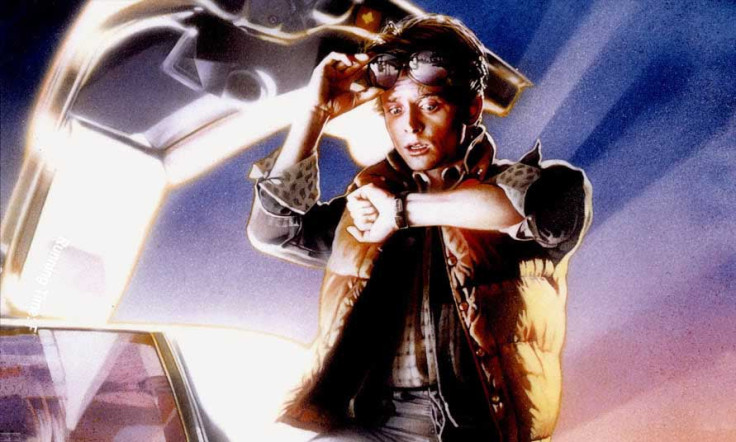Time Travel Simulation in Lab Using Particles Solves Grandfather Paradox of Warped Identities

Quantum particles have boldly gone where bigger objects have hesitated to tread. A recent experiment using photons has proven that time travel without drastic changes to the traveller's identity is possible.
The present simulation was to test an earlier model dealing with the "grandfather paradox," a hypothetical scenario in which someone uses a closed time-like curve (CTC) to travel back through time to murder her own grandfather, thus preventing her own later birth.
Einstein's theory of general relativity describes gravity as the warping of spacetime by energy and matter. In theory it allows for this spacetime fabric to bend back on itself under an extremely powerful gravitational field, making time travel possible.
Experts have frowned on any practical demonstration of time travelas it introduces the cause and effect paradox of what led to what, writes Scientific American.
However, at the quantum scale of things where existence is defined by a matrix of probabilities, cause and effect problems do not arise. In fact the model proposed by the theorist David Deutsch in 1991 would suggest that general relativity and quantum mechanics could come together. These are two worlds governed by two distinct set of rules.
The model looked at sending a particle back in time to flip a switch on the machine that created it. Turned on, the particle is created and sent back through the CTC. If the switch isn't turned on, the machine emits nothing and the particle is dead.
Deutsch insisted a particle entering the CTC must emerge from it with identical properties. There would be no point if a time traveler were to be changed by the travel.
But given that the quantum world is ruled by probabilities, it is perfectly possible that a particle created with a probability of half will travel through the loop and switch on the machine with a half probability of turning on the switch.
The experiment decided to rely on clones to get out of inconsistencies. Using pairs of encoded polarised photons and sending one through a time loop simulator, the team at University of Queensland claimed to have produced the same effect as running one photon through a CTC. By checking the state of the second photon after it emerges out of the loop exit, they found it to match with the first photon at the entrance.
The finding could find applications in breaking quantum cryptography which works on the Heisenberg uncertainty principle that forbids simultaneously accurate measurements of position and momentum. By cloning a system, or a particle, you can measure one quantity in the first and the other quantity in the second, allowing you to decrypt an encoded message, the scientists say.
The study is published in Nature Communications.
© Copyright IBTimes 2025. All rights reserved.





















